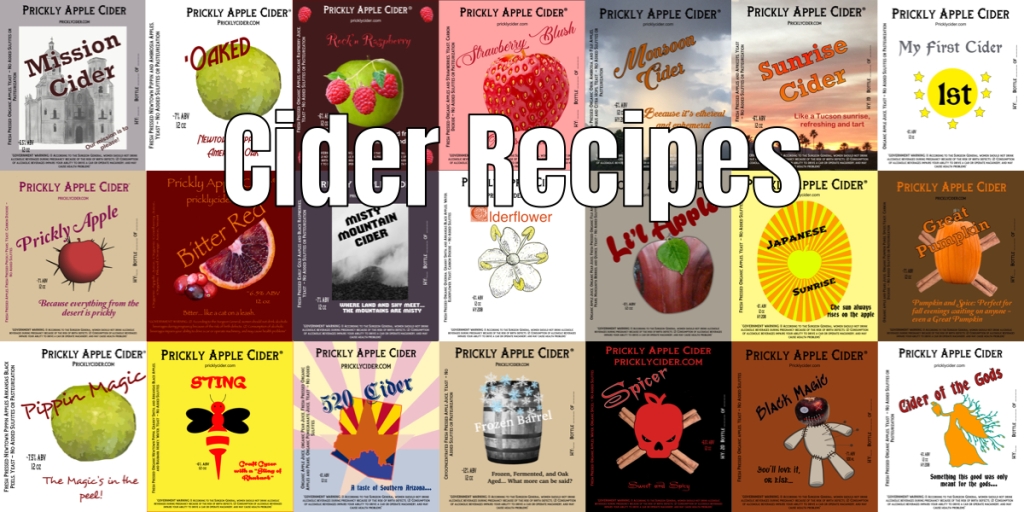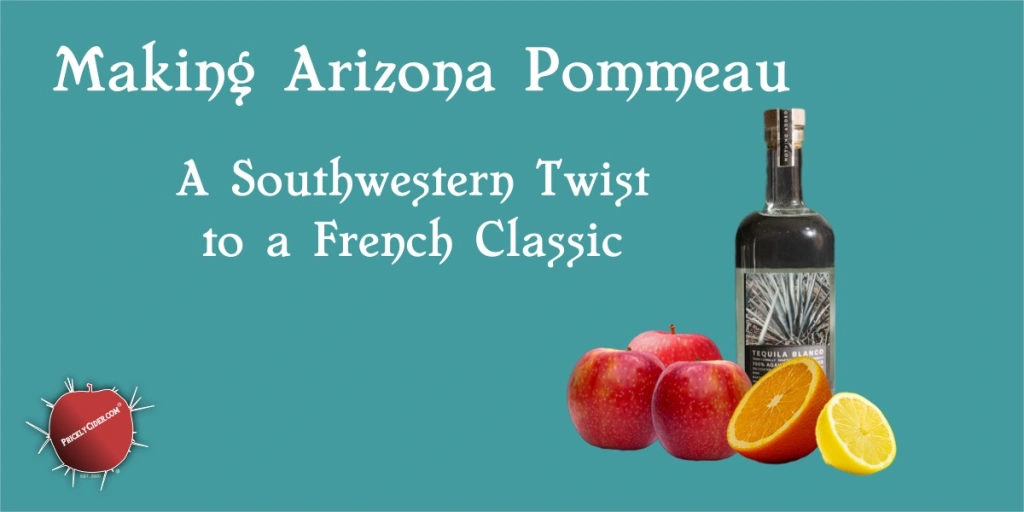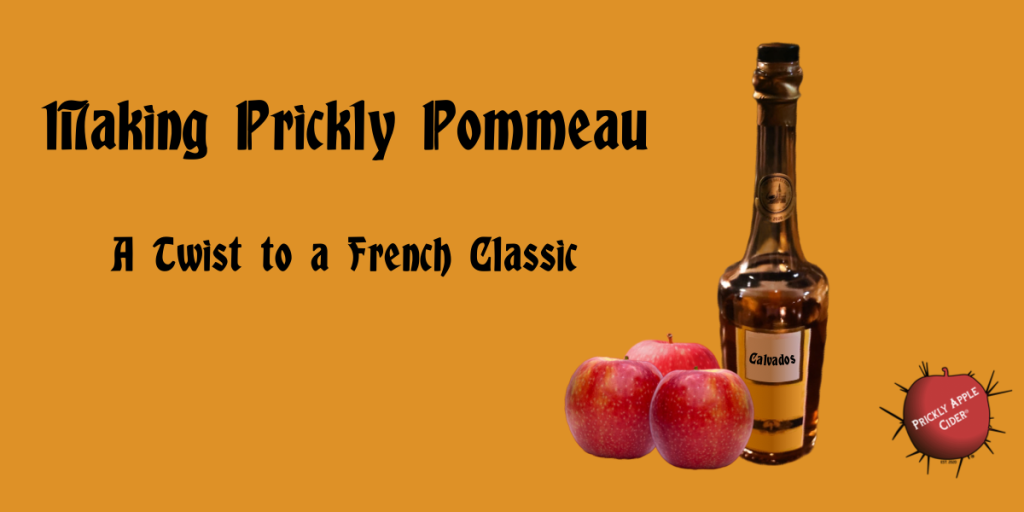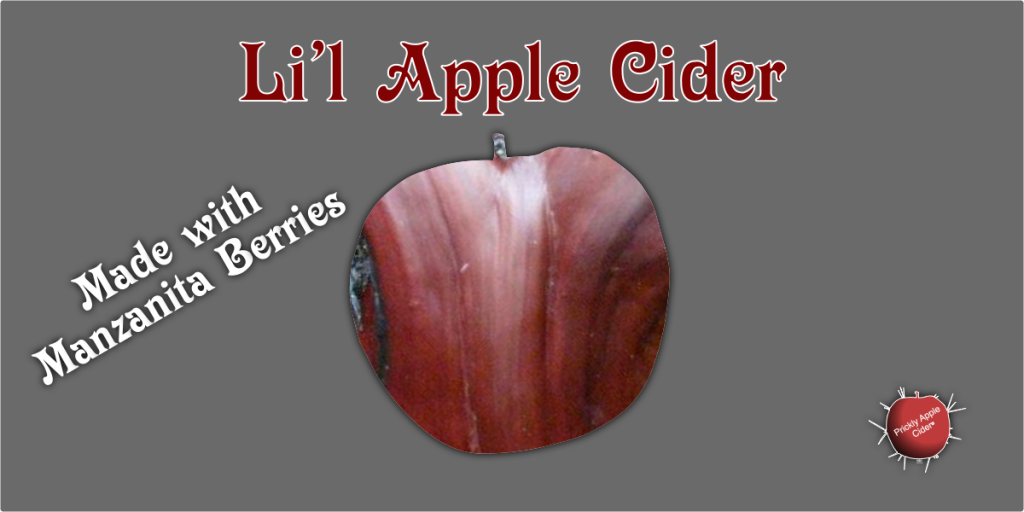This cider starts with an Egremont Russet and Red Bartlett cider base. You could substitute different culinary and eating apples and pears but, I would include some pear juice and I would ensure your apples have some acid. The Blueberries and peels will add some phenolics and the peppers will override any nuanced aromas so don’t expect any strawberry or pineapple notes. You are looking for a little tart, a little sweet, and a little phenolic from your juice base. The peppers and blueberries are your main tasting notes. Carolina Reaper peppers were deemed the world’s hottest at one time. There seems to be someone coming up with new hotter pepper every few years but when peppers come with a warning label, you know they are hot. The blueberries will give the cider a nice blue color but you can augment this depending on the peel you include. I used the Egremont Russet peel so there wasn’t a significant color transfer.
I fermented this using White Lab’s English Cider Yeast (WLP775). It a nice cider yeast that often produces a fruity cider. Again, I was mostly looking for a yeast that would ferment well. Given the strong flavor profiles, you could definitely use other strains if you don’t have WLP775. As is my usual, I fermented at 72F and I included the peels feom the Egrment Russet. This was the first time using peel from a russet. I didn’t get much color transfer, which I expected but as is normal, I noted good aroma and phenolic characteristics, which continues to show that any peel will improve the pehnolic compounds.
For the blueberries, I froze them and then thawed them. Next, I crushed them a little and used the microwave method to extract juice. This is similar to other berrries. I am finding you can get execllent juice extraction by freezing to first break the cell walls and then using the almost instantaneous heat from the microwave to break down pectin and extract the juice. I used 60 second cycles to heat and drain off the juice. I also included the berries in the fermenter to help extract more color. For the pepper, I used dried but you can also use fresh. Just simmer and macerate the pepper until about half of the water is reduced. Strain it and let is cool before adding it to your cider. You could do this as part of the secondary fermentation with the blueberries though I included it after the secondary fermentation and just aged the cider with the pepper tea.

Process Alternatives:
As always you can adapt this hard cider recipe to your preferred method. As is my normal, I don’t use sulfites or sorbates in my ciders. If you want, you can always add sulfites 24 hours before inoculating with yeast and both sulfite and sorbate before packaging if you are back sweetening with fermentable sugars. I just try to avoid additional preservatives whenever possible. You might check out my article on killing your juice if you are interesting in exploring this more. Hard ciders will naturally produce some sulfites as they ferment. Different yeast varieties produce more than others.
I also filter my hard ciders but you can simply age them longer, cold crash them, and/or use fining to help clarify your hard ciders. Check my tips section out for more details in these items. The same is true for carbonation. If you want to bottle condition this cider to 2.5 volumes, you can add 25 grams of priming sugar per gallon (6.6 grams per liter). This should give you the additional volumes CO2 that you would need to reach 2.5. This assumes you didn’t degas the hard cider, which means you should have around 0.85 volumes of CO2 already suspended in it.
If you are not using kegs, always remember to limit your oxygen exposure by limiting your headspace when aging. If you are looking for some variations on this recipe, consider the following.
- More Peels: I used a lower amount (75 grams) amount of peels since I knew this would have bluebrries as well. You could increase this or use a different color to enhance your end cider. You cna leave it out but I am always including some in my recipes now. This should increase the intensity of the color and add more polyphenols.
- Other Peppers: If you can’t find Carolina Reaper, try another type. If you want less hot, use only one pepper again, use a lower heat variety. if you want a hatter version, increase the number. Just be careful, even simmering Carolina Reaper tea can make your eyes start to water.
- Other Berries: If you don’t have access to blueberries, try another type. Use golden berries or bosenberries. Use whatnis local for your area. I am pretty sure it will still turn out well. Berries are a great cider adjunct and the heat just puts a unique twists to the everday!
- Back Sweeten: If you desire a sweeter hard cider, consider adding 40 grams per gallon (10.5 grams per liter) of organic erythritol to the cider before bottling. Erythritol is a non-fermentable sugar alcohol.
Did you enjoy this recipe? Follow me so you can get more hard cider recipes and tips as well as ideas for experiencing hard cider. Also, if you want to learn more about making hard cider, get my book. It covers all things hard cider as well as food and cider pairings.









